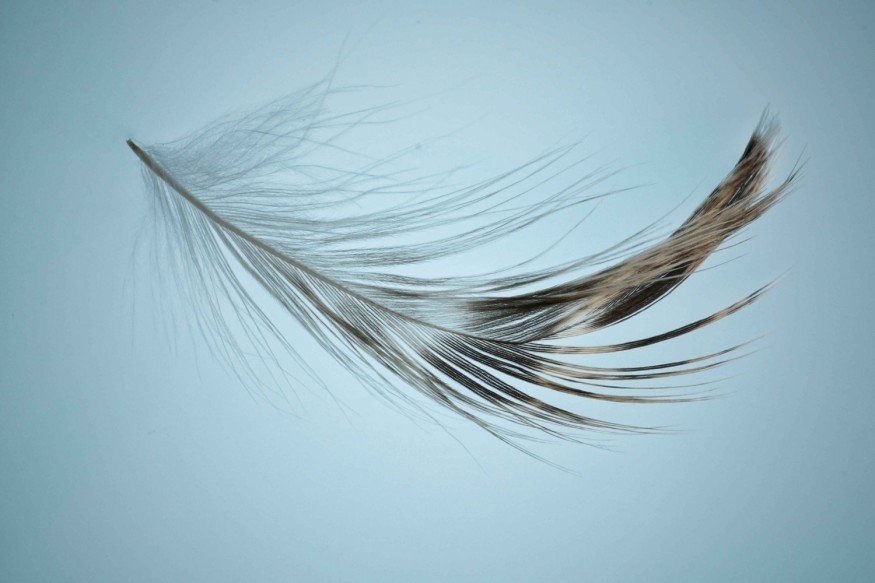
Did you know that birds are essentially dinosaurs? If so, why do you think some modern fowls, like pigeons, robins, and penguins, survived when most dinosaurs went extinct?
Birds Surviving Extinction
According to Phys.org, while other groups of dinosaurs went extinct 66 million years ago when an asteroid caused mass extinction, birds were the only group that survived. However, not all birds made it, and there's a good reason why.
For years, paleontologists have tried to understand how many modern birds lived while their relatives went extinct. So far, two studies have pointed to a possible explanation behind this phenomenon.
The studies suggest that modern birds differed from their extinct counterparts in molting and feathers, which played a huge role in their survival. Feathers, made of keratin, protect birds from the sun and keep them warm, help them fly, and play important roles in attracting mates and exerting dominance.
Despite their importance, Phys.org highlights how they can't be repaired, so birds go through molting, replacing old feathers with new ones. This can be evident in a bird's growth from baby to adult as it continues to molt mostly yearly.
Molting in Evolution
A paper in the Cretaceous Research journal reveals findings from a 99-million-year-old preserved baby bird feathers in amber. The preserved feathers provided the earliest fossil evidence of juvenile molting.
They revealed how historical baby birds had different lives from modern fowls. Jingmai O'Connor, a Chicago's Field Museum associate curator of fossil reptiles, published the two papers and described how the bizarre specimens provided more understanding into these historical birds.
O'Connor said that the preserved feathers showed precocial and altricial characteristics. Stanford explains that precocial refers to species born with feathers that are quite self-sufficient, while altricial refers to species born naked, helpless, and relying on their parents for heat after birth.
The preserved feathers come from an extinct group of birds called Enantiornithines, which was believed to be highly precocial.
What Happened to Enantiornithines
O'Connor suggests that the doom of these Enantiornithines could be because of how the precocial baby bird needed to remain warm while rapidly molting. This resulted in pressures they couldn't keep up with, and although they were diverse, they were still known as non-avian dinosaurs.
Phys.org reports that the associate curator of fossil reptiles highlighted how when the asteroid hit Earth, the environment could've been too much for these birds to stay warm, and they couldn't meet the requirements to survive.
In comparison, modern birds usually molt yearly in sequence. The birds often replace just a few feathers at a time and do so over a few weeks.
This would allow the birds to continue to fly despite still molting. In certain types of aquatic birds like ducks, simultaneous molting happens when they could lose all flight feathers at the same time while still growing out within just a few weeks.
Check out more news and information on Animals in Science Times.












